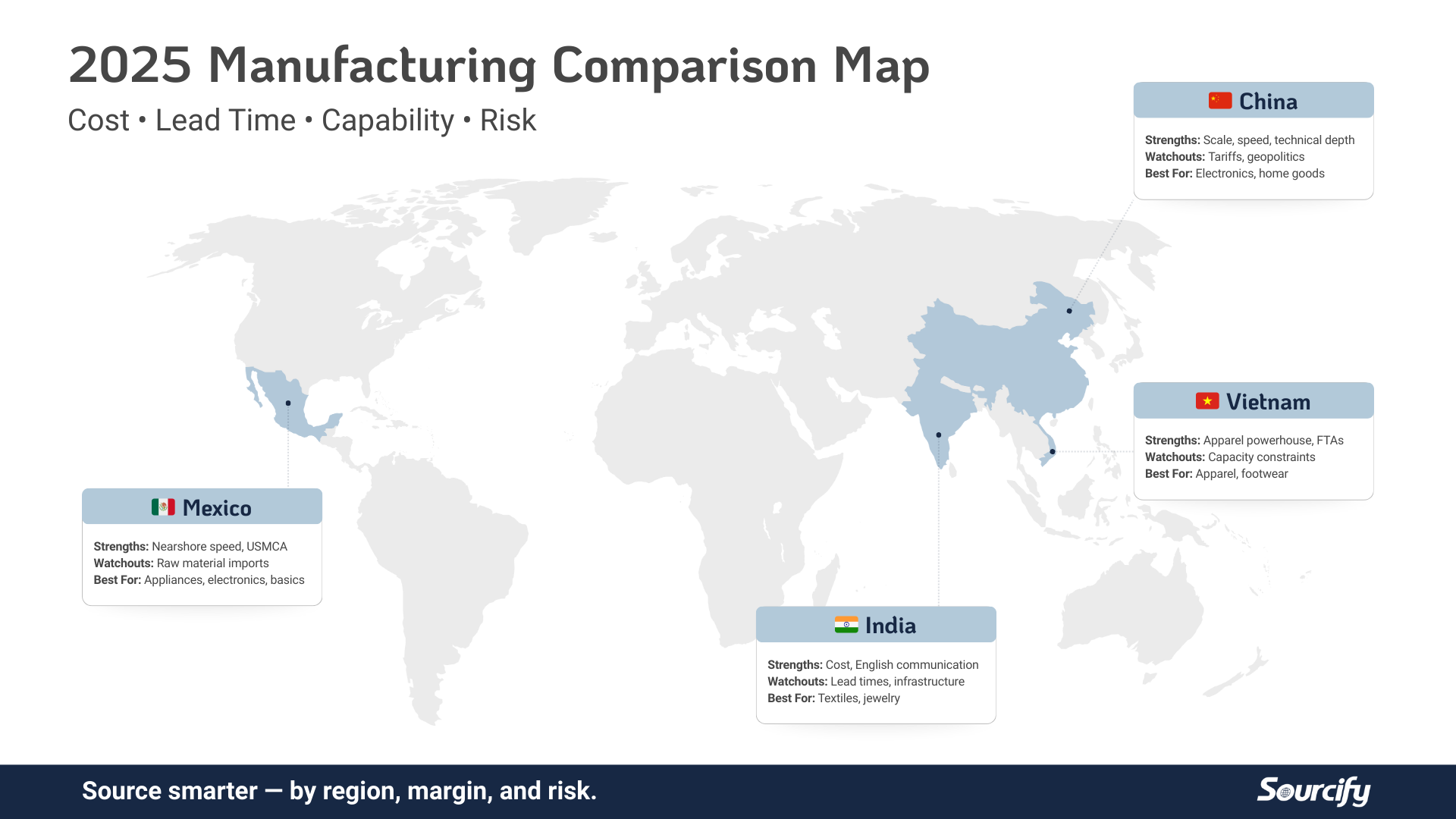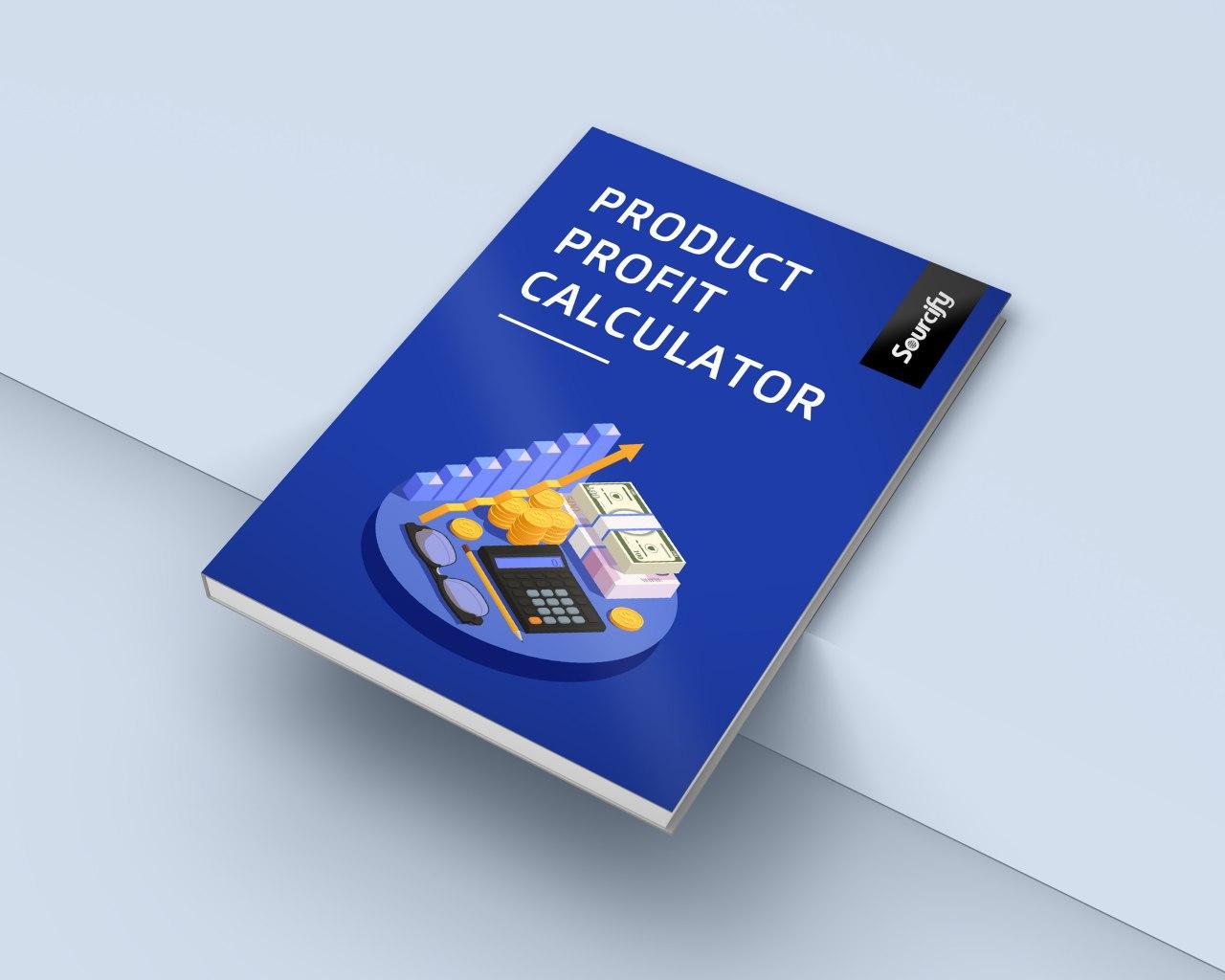The Wake-Up Call
If your factory shut down tomorrow, how long would it take to get back into production?
Most founders think the answer is “a few weeks.” In reality, it’s often nine to twelve months—if it’s even possible.
You don’t need a geopolitical crisis to be forced to move. A fire, a failed audit, or even a factory bankruptcy can leave your business scrambling.
This isn’t about fear—it’s about readiness. Because if you could move in a month, you could weather almost anything.
The Myth of Stability
When orders are flowing and deliveries are on time, it’s easy to assume your supply chain is stable. But stability in manufacturing is often an illusion.
We’ve seen brands derailed overnight by factory closures, sudden regulation changes, or even an entire shift walking off after a lottery win.
These aren’t outliers—they’re part of the real world of production. Founders can’t just focus on growth; they need to protect it.
Documentation Is Your Lifeline
When things break, speed depends on clarity—and clarity comes from documentation.
Too many brands can’t locate an accurate BOM, don’t know their sub-suppliers, or rely on factories that “just handle it.” When those factories disappear, they’re left reverse-engineering their own products from finished samples.
Up-to-date documentation isn’t busywork—it’s your lifeline. It’s the difference between a clean transition and starting from scratch.
Relationships You Don’t Need… Until You Do
The first time you talk to a backup factory shouldn’t be during a crisis.
Smart brands build light-touch relationships with alternative suppliers long before they’re needed.
It doesn’t mean running dual production—it means being transparent:
“We’re happy with our current partner, but if things change, we’d like to stay connected.”
Like insurance, it feels optional—until it isn’t.
Readiness as Health Insurance
Readiness doesn’t just protect you from disasters—it often improves your business.
When you maintain backup options, you find ways to lower COGS, improve quality, or unlock better terms.
It’s operational hygiene: invisible when things go right, invaluable when they don’t.
Building a Readiness Culture
Readiness isn’t just a sourcing strategy—it’s a mindset.
If only one person on your team understands production, your business is one resignation away from risk.
Cross-train. Document. Run “what-if” war games.
What if your factory fails an audit tomorrow? What if tariffs double? You’ll quickly see where you’re strong—and where you’re exposed.
The Readiness Score
If you had to move production tomorrow, how would you score on these five?
- Up-to-date specs and BOMs — Clear, accurate, accessible.
- Forecasts and budgets — Especially for tooling and onboarding.
- Known costs and target prices — For every major SKU.
- Active backup relationships — Not just names in a spreadsheet.
- Internal bandwidth — The people and process capacity to pivot.
If you’re missing more than one, you’re vulnerable.
How Sourcify Fits In
Most brands don’t have the time or bandwidth to maintain a backup network. That’s exactly where Sourcify fits in.
We manage your current factory relationships and keep backup options active. We counter-quote regularly, work across geographies, and maintain vetted, long-term factory partnerships.
If you’ve got your specs, target prices, and volumes ready, we can help you find and onboard a new supplier in weeks—not months.
You Don’t Have to Move Next Month. But You Could.
You may never need to move your production on short notice.
But if you could, you’d be far stronger than most.
Readiness protects you from the worst-case scenario—and often improves your best-case one.
The question isn’t whether you should be ready. It’s how ready you want to be.
📘 Download the full eBook: Could You Move Next Month If You Had To?
Learn how to score your readiness and create a factory backup plan that keeps your business protected and profitable.




